Talking about the 36^ America’s Cup presented by PRADA means talking about foils. Flying boats are the new frontier of sailing. In the America’s Cup, where innovation is the name of the game, developing and building a flying monohull has been the biggest technology challenge that designers have faced.
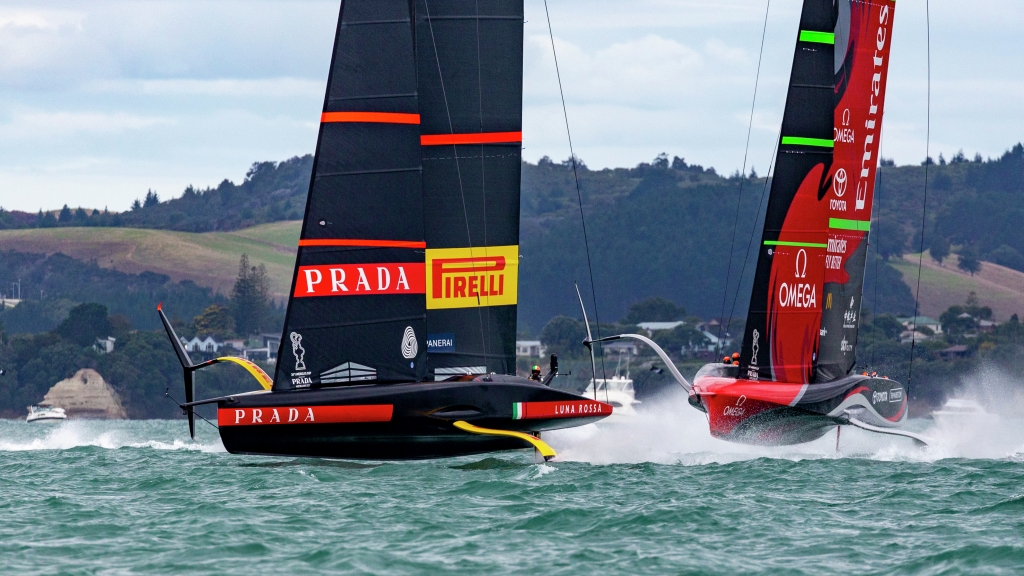
Nowadays, foils can be found everywhere, from racing dinghies to ocean boats built to sail around the world. And the development and design of these elements is just as crucial as that of hull and sails.
Luna Rossa is a 75ft boat (about 23 meters) that weighs 6.5 tons. Thanks to what could almost be defined as supernatural laws of physics, this boat can sail above the surface of the sea, with its full load balanced on just a few square meters of foil surface, reaching almost 50 knots of speed.
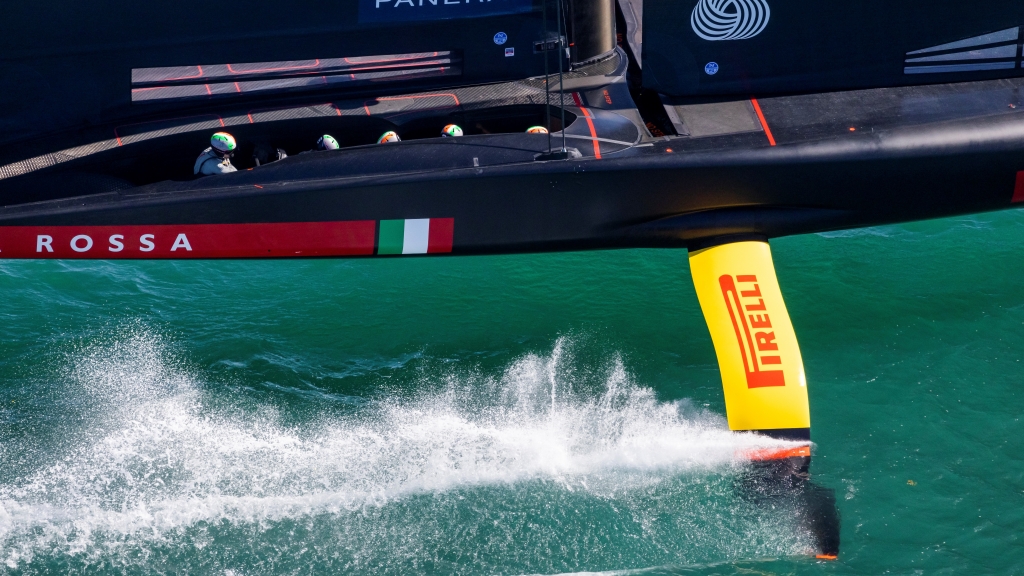
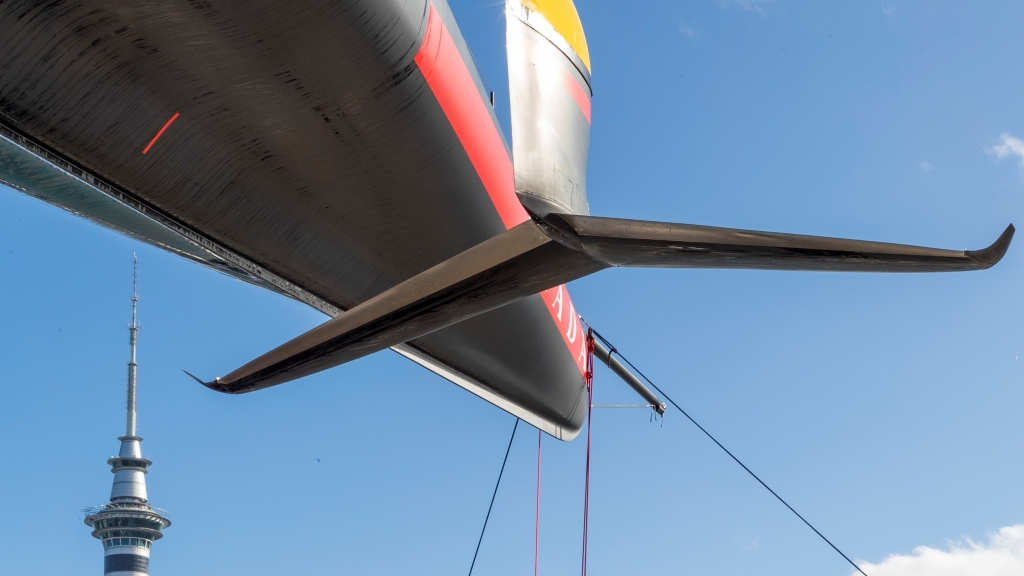
A foil, basically, is very similar to the wing of an airplane, but instead of functioning in the air it operates in the water. It has the same scientific principles of aerodynamic foils, which exploit a flow to create the “lift”, in other words the upward thrust that allows the boat to rise above the water.
The result is a greatly reduced drag of the hull compared to when it is typically immersed in water, thus allowing significant gains in terms of speed and performance.
The foil system on an AC75 boat consists of arms, wings, and flaps.
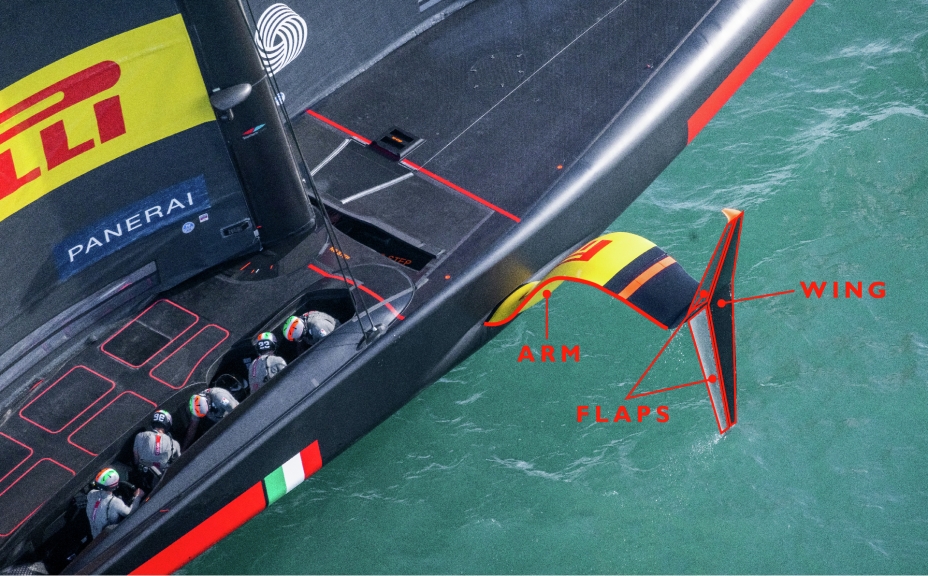
Each foil arm is attached to the hull, with wings and flaps positioned on its extremities.
While the foil arm is a one-design element, therefore identical for all boats, the wings and flaps can be freely developed by each team. Clearly there are design restrictions, especially in the geometry. The wing must fit within a trapezoidal-shaped box, whose measurements are established by the class rule. The wing must also meet specific criteria, in terms of weight and gravity. In the AC75 class, in fact, the wing must not only create a hydrodynamic lift, allowing the boat to rise, but it must also act as a ballast and create a downward force to avoid the boat’s capsizing.
This balance is very delicate, a factor that has added great complexity to the design of these parts. It has been a real challenge for the team of engineers, especially in the choice of materials used. The wings of the AC75 yachts are made of lead, to ensure density and weight, and steel, an excellent material for structural solidity.
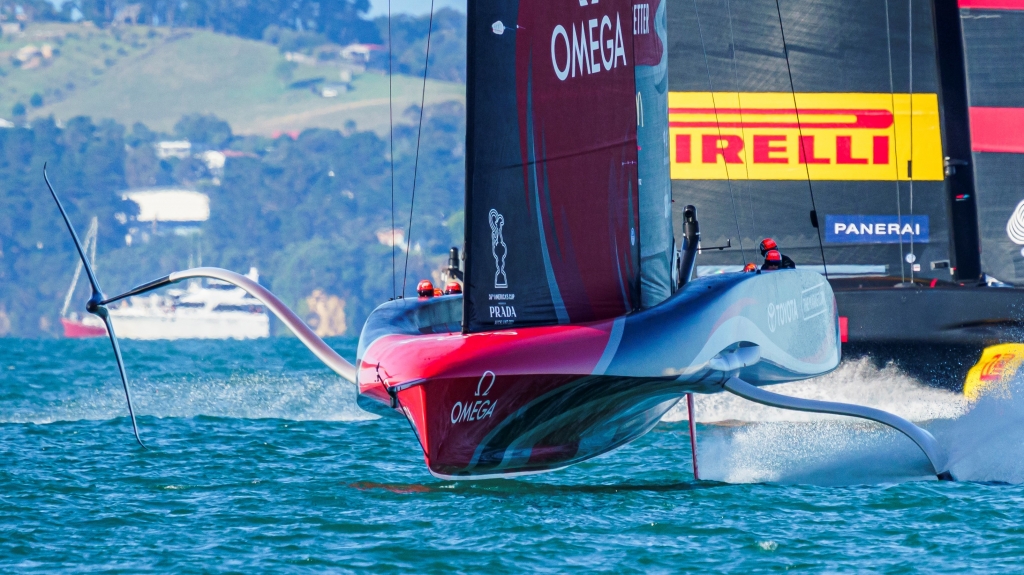
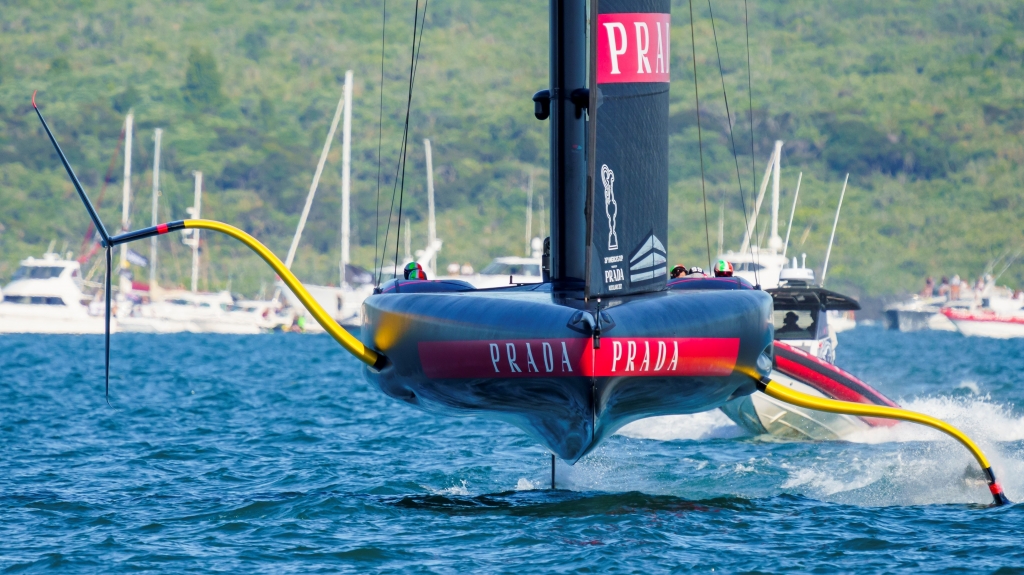
Several wing shapes were developed for these boats, and each team chose the design that best suited the features of the hull and the crew’s sailing style. As established by the rule, each team was allowed to build a maximum of 6 wing foils and 20 flaps.
For the America’s Cup Final Match the kiwi boat opted for a T-shaped wing, whereas Luna Rossa Prada Pirelli chose a Y-shape. Each design has its advantages and disadvantages.
A T-shaped wing meets the water surface (piercing) without creating particular issues in terms of ventilation, which is what happens when air gets sucked down to the lifting surfaces, creating a stall phenomenon that stops the flow and can cause the boat to fall off its foils. The T-shape also reduces the wet surface, with consequent speed gains.
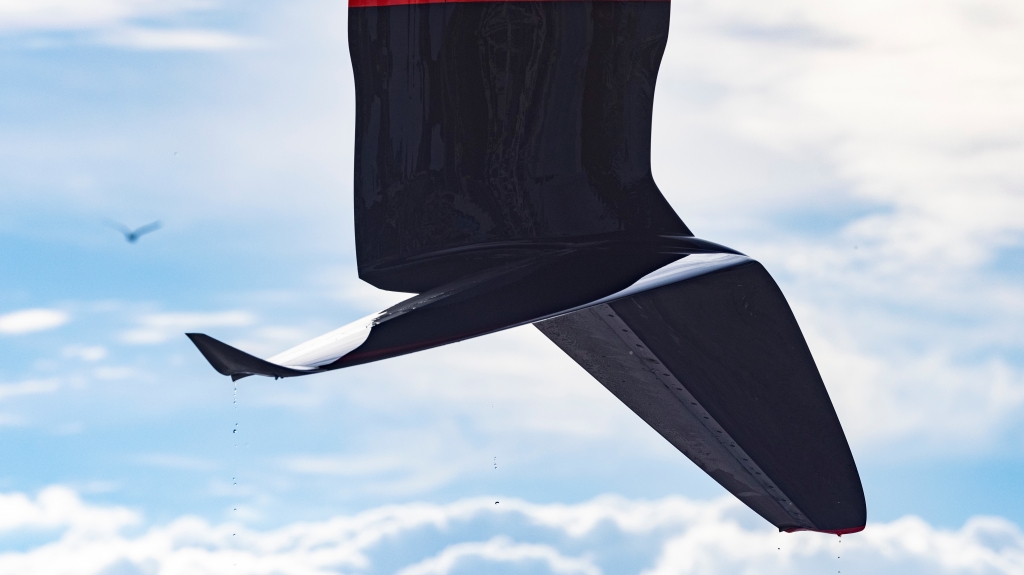
The advantage of a Y-shape configuration is that the flap at the end of the wing can be trimmed independently, which means that the wing is split into two elements: the leeward side controls the flight level, and the windward one allows to adjust the drif. A Y-shaped wing allows greater control in the boat handling.
The choice of the wing size is based on the hull shape and weather conditions. Generally, with a larger wing size, the boat can perform better in manoeuvres, especially in the take-off in light winds, in tacks and jibes. The downside is a greater drag on water surface, thus a slight loss of maximum speed.
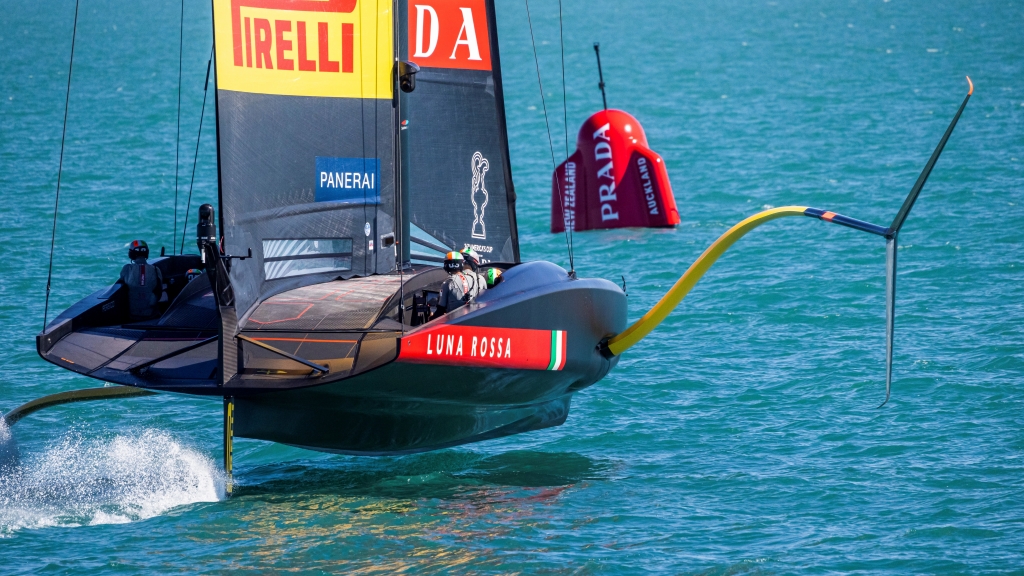
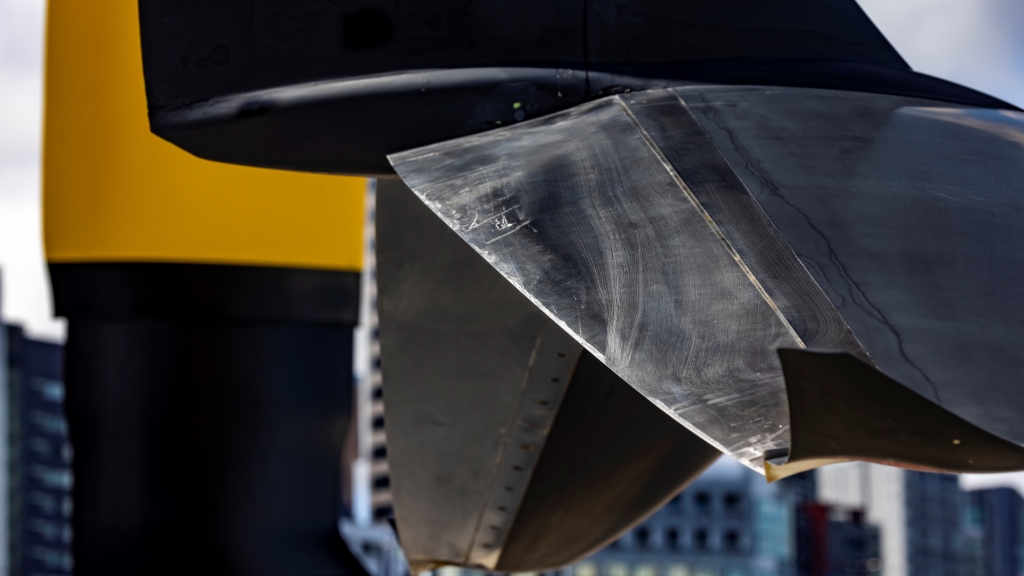
The real challenge for the designers has been to find the right balance between speed and boat handling, in consideration of the hull and crew features.
We are still at the very beginning of the foiling era, and a lot remains to be developed and created. In the future we will see a growing use of foils in sailing and an increasingly advanced level of research in the field of fluid dynamics.
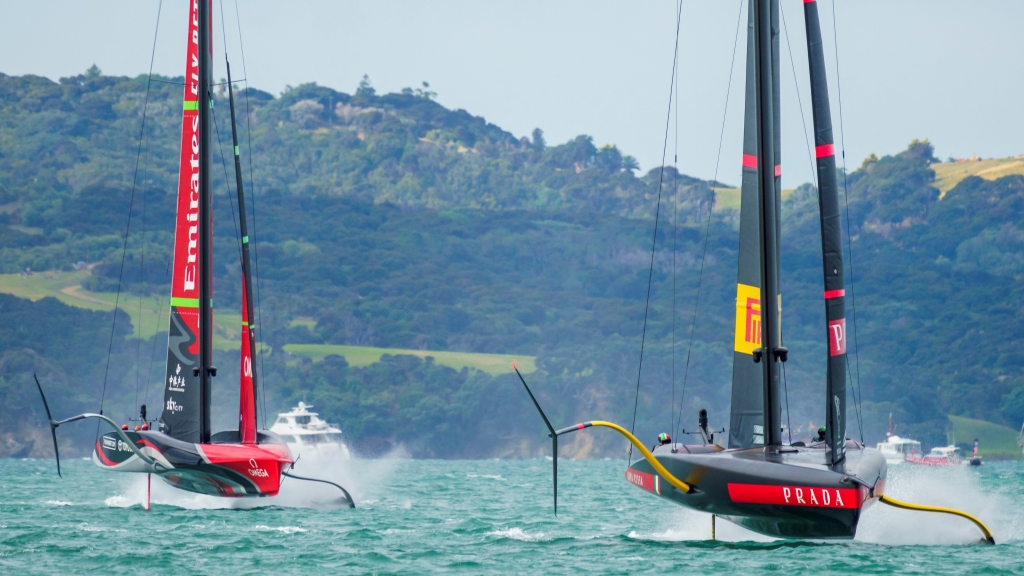
Courtesy of : LUNA ROSSA PRADA
























